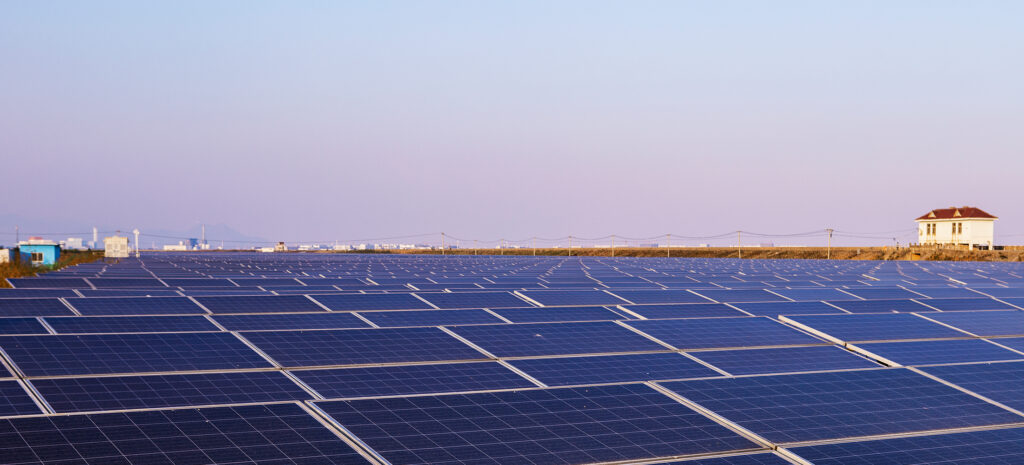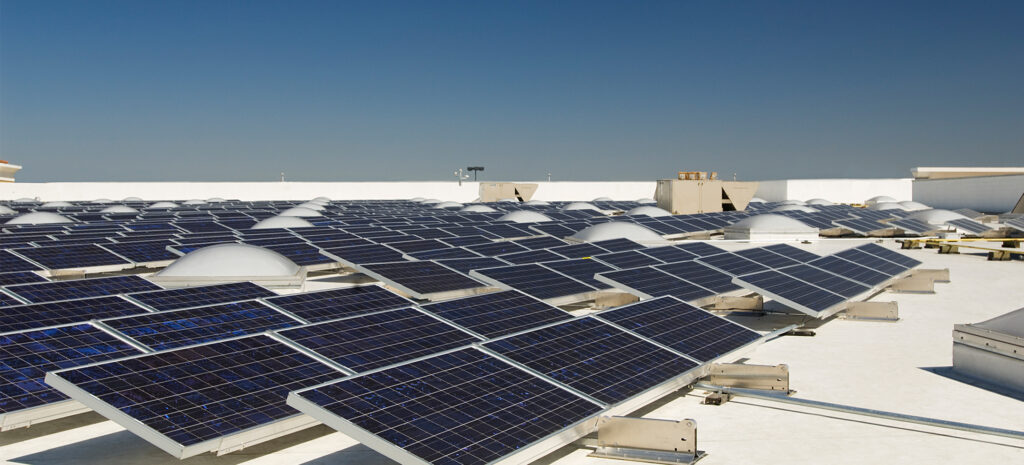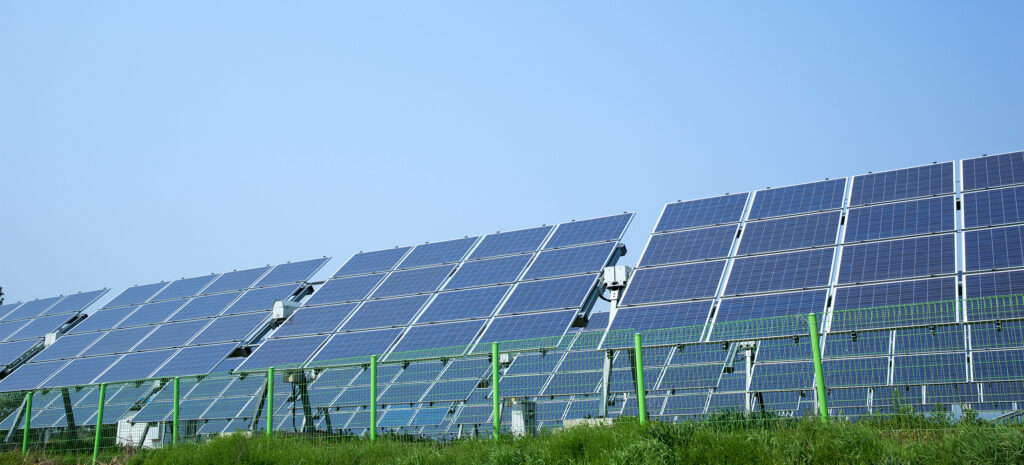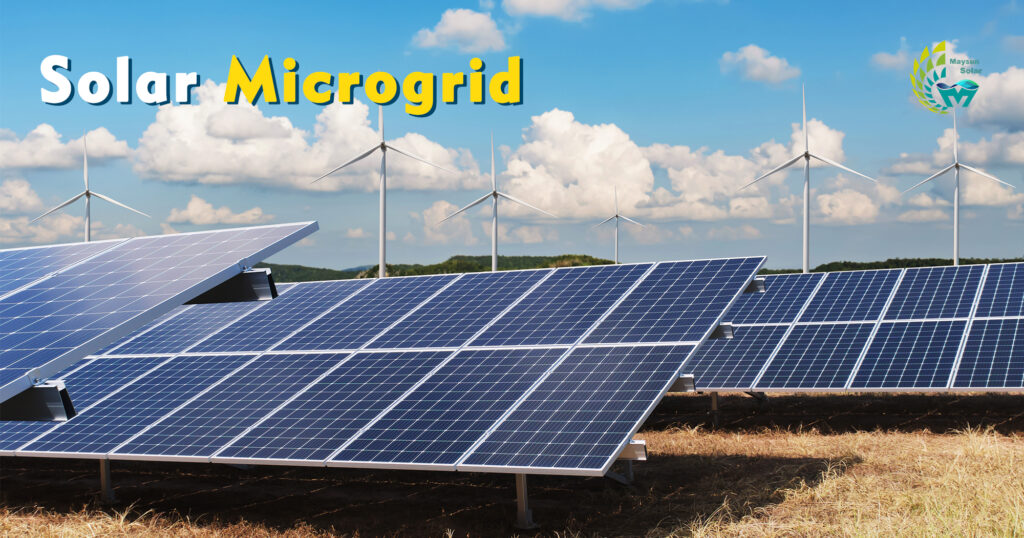What is a solar microgrid
A microgrid is an integrated system consisting of distributed power sources, energy storage devices, energy conversion devices, loads, monitoring and protection devices, etc., to collect and create energy, then store and distribute it to other areas of the grid. The proposal of photovoltaic microgrid aims to realize the flexible and efficient application of distributed power, and solve the problem of grid connection of large quantities and various forms of distributed power.

What are the advantages of microgrids?
1. The main benefit of using a solar microgrid is that it can provide users with higher reliability. As mentioned above, it is very helpful to have an independent system that can “island” energy production and distribution when the main grid is damaged or unavailable. This reliability is especially important in rural and remote areas and areas where the main power grid may be unreliable. Connecting to microgrids can provide these communities with an energy lifeline, helping hospitals, homes and schools keep their lights on. It also ensures that essential infrastructure equipment such as water pumps continue to operate.
2. In addition, solar microgrids are an excellent way to reduce dependence on fossil fuels on a community scale. Making a big contribution to environmental protection also protects people from energy price volatility (such as the huge price spikes seen in many parts of the world in recent months) and supply chain problems with traditional fuel sources.
3. Micro-grid quickly builds power grids in local areas, saving construction costs. On a small island far away from the mainland, to supply power through a large power grid, it is necessary to lay submarine cables and erect iron towers, which is costly and time-consuming. The cost of the entire micro-grid system is lower than that of a large power grid, and it is more economical.

How does a solar microgrid work?
Solar microgrids can vary widely in complexity and size, but they all follow the same basic concepts:1. First, an array of solar panels captures energy from the sun. The type of panels used may vary, but microgrids are generally composed of high-quality equipment to maximize efficiency.
2. These panels are connected to a solar charge controller, which is used to regulate the voltage and current of the incoming electricity. This regulation is critical because it converts electricity into a usable form without damaging devices in the microgrid, such as batteries.
3. All energy is then transferred to the combiner box which also serves to protect the rest of the system. Additionally, it reduces energy loss and allows engineers/computers to monitor the performance of the system. It also integrates all generated energy into one connection.
4. Through this connection, all energy is directed to the inverter. This converts energy from direct current (DC) to alternating current (AC), which makes it suitable for a range of everyday uses, such as powering machinery, household appliances and more.
5. The generated energy can be stored in the battery for backup. This is key to helping communities achieve energy independence. It also removes dependence on the main grid and reduces the chance of supply fluctuations during periods of low production, such as overnight or inclement weather. In some systems, excess energy may be fed into the main grid to maximize efficiency.

As a photovoltaic module manufacturer with 14 years of experience, Maysun Solar has been committed to the development of advanced photovoltaic technology and supports various photovoltaic systems. Contact us immediately for more information on photovoltaic products.



